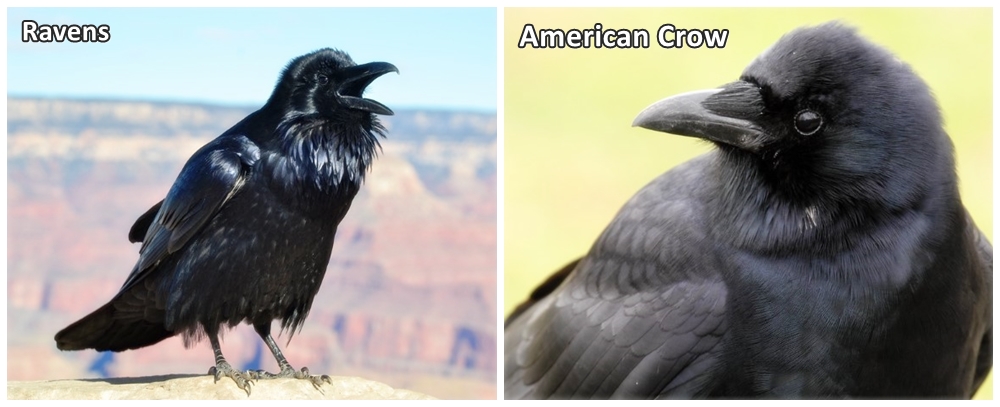If you’re wondering about the difference between crows and ravens, you’ve come to the right place. This article will provide you with all the information you need to distinguish between these two birds.
Introduction:
Crows and ravens are often mistaken for each other due to their similar appearance and behavior. However, they are two distinct species with several differences that set them apart. In this article, we will delve deeper into the world of crows and ravens and explore their unique characteristics. Both belong to the Corvidae family and are among the most intelligent birds in the world. However, there are many differences between these two birds that distinguish them from each other.

Headings:
I. Physical Characteristics
-
A. Size
-
B. Color
-
C. Tail Shape
-
D. Bill Shape
-
E. Social
-
F. Life Span
II. Habitat and Distribution
-
A. Crows
-
B. Ravens
III. Vocalizations
-
A. Crows
-
B. Ravens
IV. Behavior and Diet
-
A. Crows
-
B. Ravens
V. Cultural Significance
-
A. Crows
-
B. Ravens






